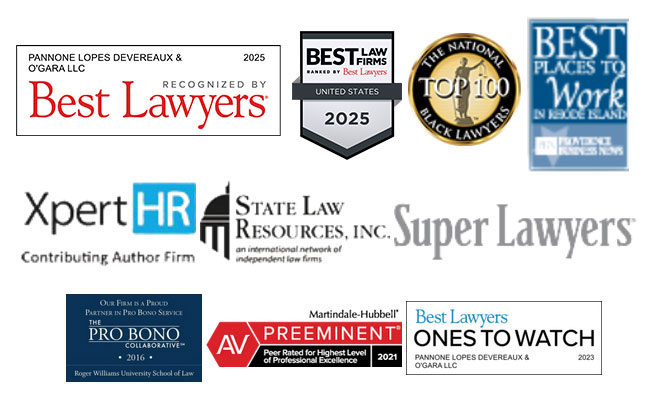In January 2022, the U.S. Department of Treasury issued the long-awaited Final Rule (FR) for the Coronavirus State and Local Fiscal Recovery Funds (SLFRF), which is a part of the American Rescue Plan. The SLFRF permits $350 billion to be allocated nationally—from which the State of Rhode Island will receive approximately $1.1 billion and local municipalities will be sharing about $542 million. Importantly, the funds must be used for costs incurred on or after March 3, 2021, the funds must be obligated by December 31, 2024, and the funds must be expended by December 26, 2026.
The FR includes key changes and clarifications from the Interim Final Rule (IFR) and will take effect on April 1, 2022. However, recipients of the funds may begin following the FR immediately if they so choose. While the FR provides additional flexibility and clarity, it is crucial that government officials continue to utilize these funds properly, as there are still restrictions on the use of the funds. Further, the recoupment provision for funds used in violation of the Act remains intact. There are four categories for eligible uses of the funds, all of which have undergone changes in the FR.
- The first category for eligible uses of the funds is geared toward replacing lost public sector revenue. Under the Final Rule, recipients will be able to determine their revenue loss by opting
for the “standard allowance of up to $10 million, not to exceed their award amount, during the program.” Alternatively, recipients may determine revenue loss by calculating their specific revenue loss. - The second category is intended to support the recipients’ COVID-19 public health and economic responses. To simplify the administration of the program, the FR provides lists of eligible uses, and further, the FR presumes that certain populations and classes are eligible for responsive services. Recipients
that intend to provide certain aid to a population that is presumed eligible can be assured that they are operating consistently with the FR, so long as the use is not grossly disproportionate to the harm. While the enumerated uses and presumed eligible populations have provided much-needed clarity, navigating the FR can still present some challenges. - The third category provides premium pay for eligible, essential workers. Recipients must first verify that the worker falls into one of the enumerated, eligible sectors or occupations, and then must confirm that the worker performs “essential work.” Additionally, recipients must confirm that the premium pay “responds to” workers performing essential work during the COVID-19 pandemic. After the recipient confirms that the workers meet the aforementioned requirements, the recipient must also decide how to award the payment to the eligible workers and must be aware of various restrictions. For example, recipients are prohibited from using the funds to reimburse themselves for premium or hazard pay.
- The fourth category for eligible uses of the funds encompasses investments in water, sewer, and broadband infrastructure. Types of presumed-eligible projects can be found in the Environmental Protection Agency’s Clean Water State Revolving Fund and Drinking Water State Revolving Fund handbooks. The FR also broadened eligibility under this category, so long as the project meets the criteria for being a “necessary” investment in infrastructure. Recipients may also pursue projects and investments pertaining to broadband infrastructure and cybersecurity.
There are various restrictions, timelines, and details that must be followed and considered when utilizing funds from the SLFRF program. PLDO Partner Allan W. Fung, a leading public policy and fiscal management attorney and former Mayor of the City of Cranston, has been providing guidance and advising clients on best practices, permissible uses, timelines, and other important issues regarding the SLFRF program. To contact Attorney Fung, please call 401-824-5100 or email afung@pldolaw.com.


